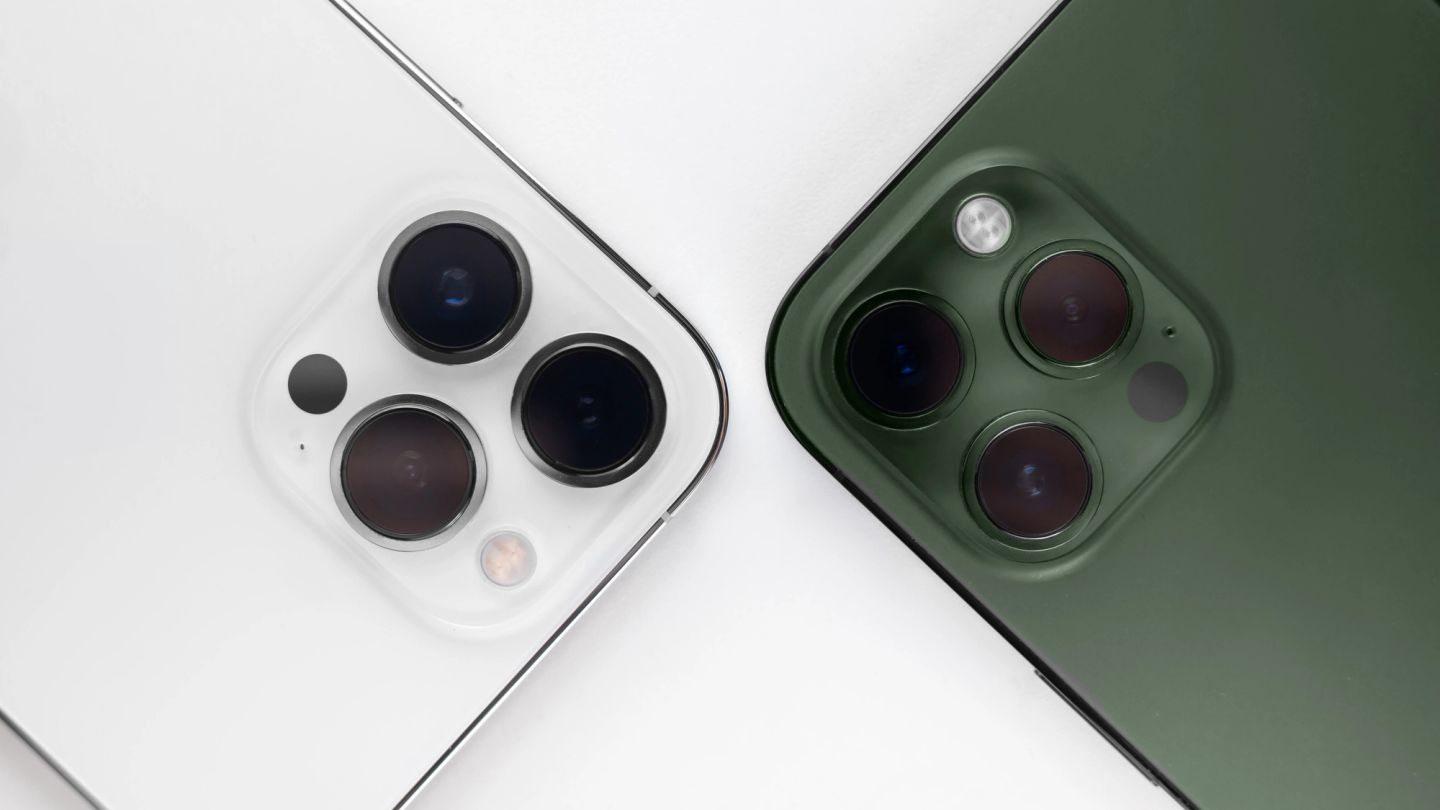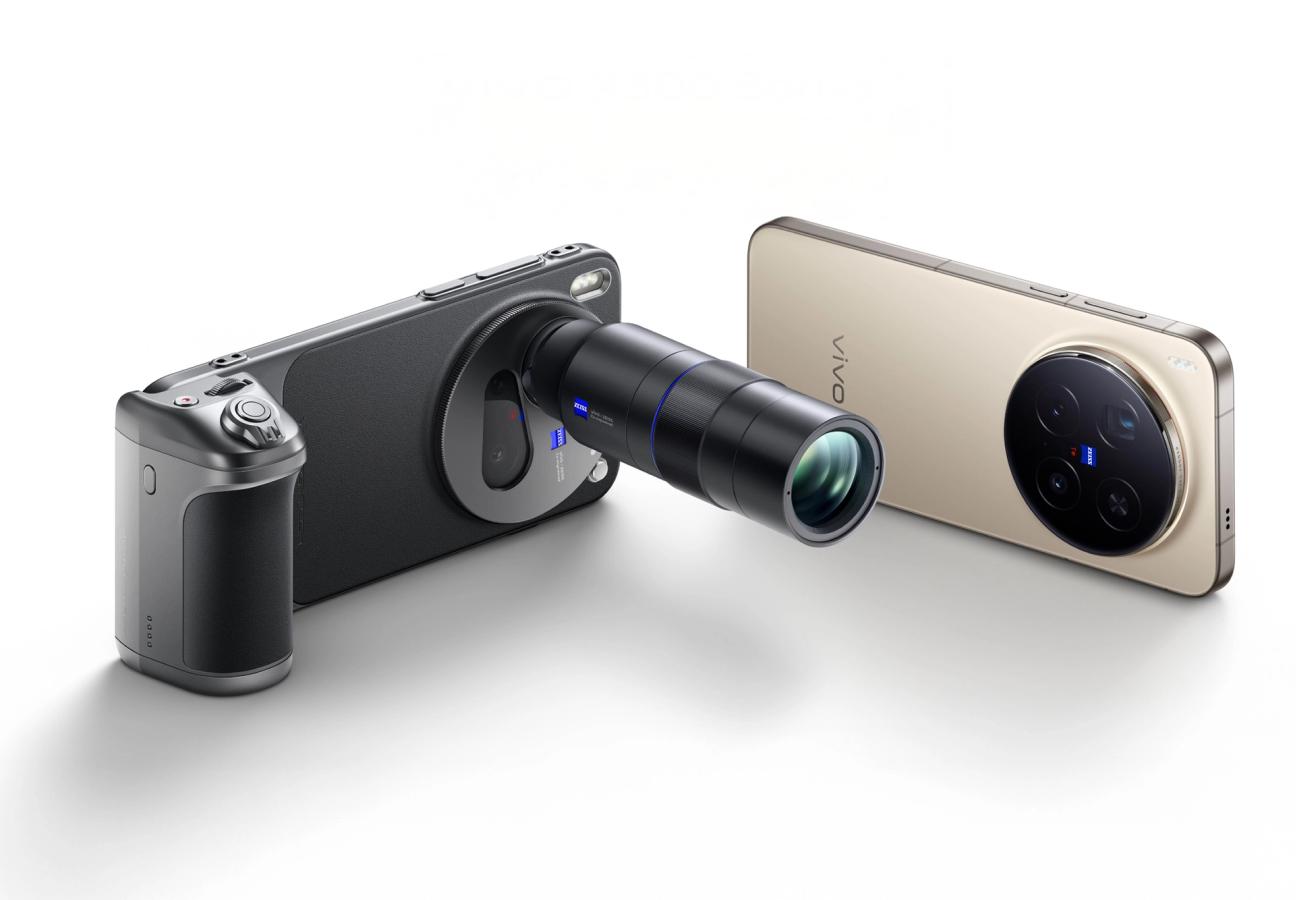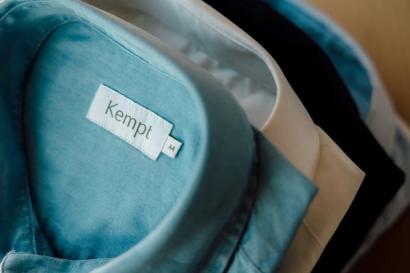

The Best Camera Phones Of 2026
Camera phones have become the new ateliers of modern memory. The finest combine clarity and craft, capturing not just what is seen but the sensibility behind it.
- Words: Rupert Taylor
Once upon a time, the camera was a serious instrument. It sat on tripods, required a certain gravitas, and made a sound like history being recorded. To own one was to imply that you saw the world differently, through a trained, patient eye. You composed. You developed. You waited.
Now, the same device that reminds you to buy oat milk is also capable of photographing Saturn’s rings. The camera phone has become the world’s most democratic art form, its most narcissistic pastime, and, depending on who you ask, its greatest achievement or its gravest mistake.
Today, photography is no longer about vision; it is about software. A thousand algorithms work behind every shot to correct, enhance, brighten, and beautify, while the user’s only responsibility is to avoid dropping the thing into their Negroni. Each brand insists its device “sees the world as you do,” which is rather troubling when you realise most of them have better colour balance than you have opinions.
At The Gentleman’s Journal, we have spent weeks testing, comparing, and occasionally marvelling at the extraordinary machines that now masquerade as telephones. What follows is less a buyer’s guide and more an anthropological study of the best camera phones, a portrait of our age taken at 200 megapixels.
Samsung
Samsung Galaxy S25 Ultra
Surveillance Satellite in Your Pocket
Samsung, naturally, begins the show. The Samsung Galaxy S25 Ultra is not so much a camera phone as a surveillance satellite rendered pocket-sized. It boasts a 200-megapixel main sensor, flanked by three companions, including two telephoto lenses, because in 2025 even your lenses have lenses. It shoots everything: landscapes, portraits, moons, egos. The AI system that powers it is capable of detecting whether the subject is human, feline, or, in one unfortunate case, an expensive salad, and it sets the tone for the top camera phones of the year.
There is a certain thrill to using it. Point, shoot, and watch as the software reconstructs reality into something more palatable. The sky becomes Turner, the lighting Vermeer, your complexion a diplomatic compromise. The zoom is so advanced that it feels almost illegal. At full stretch, you can read the labels on distant champagne bottles and judge accordingly. Samsung calls it “real-time image optimisation.” We call it omniscience.
Low-light performance is astonishing. What once required a tripod and an evening’s patience now happens instantly, even under the mournful glow of Soho’s streetlamps. The phone’s AI sharpens every detail, balances every hue, and, one suspects, quietly edits your personality. It is the perfect companion for the restless perfectionist, a camera so powerful it could document your every triumph and still make failure look handsome.
Apple, of course, takes a different approach. The iPhone 17 Pro Max is less about spectacle and more about restraint, as if Jony Ive personally banned enthusiasm before departing. Apple doesn’t want to dazzle you; it wants to convince you that it was right all along.
The 17’s cameras are the most advanced Apple has ever produced, but the company barely mentions megapixels anymore. Instead, it speaks of “balance” and “natural colour”, words that suggest your photographs have just returned from therapy. The computational photography here is extraordinary, less algorithmic trickery and more digital diplomacy. Skies are blue but never gaudy, skin tones human rather than porcelain.
Video remains Apple’s true masterpiece, and it is the reason the Pro models comfortably sit among the phones with the best video quality. The stabilisation is imperceptible, the dynamic range immense. You can pan clumsily and still appear to have been directed by Ridley Scott.
Where Samsung shouts, Apple murmurs. Its pictures are quiet, confident, and very slightly smug, a mirror, perhaps, of its users.
Then there is Xiaomi, whose 15 Ultra was co-engineered with Leica (https://www.thegentlemansjournal.com/article/photographs-leica/), the name that causes photographers to straighten their backs. The collaboration has produced a thing of absurd brilliance: a one-inch 50-megapixel main sensor that drinks in light like a cathedral window, a 200-megapixel periscope telephoto for shots that would make private detectives weep, and colour science so rich it feels like memory itself. It easily stands among the best phone for low light photography, a device that seems happiest when the sun has already gone home.
Leica’s fingerprints are everywhere, from the deep contrast and painterly fall-off to the sense that you are composing rather than merely recording. The macro mode allows you to photograph a dew drop as if it were a planet, and the low-light mode could probably find detail inside a black hole. The result is intoxicating. You begin by taking a photograph of dinner, and you end by photographing the idea of dinner.
The Xiaomi 15 Ultra is not for the faint-hearted. It expects participation, not point-and-shoot laziness. But for those who miss the old joy of photography, the anticipation and the slight uncertainty, it is a modern talisman. It will not make you a better photographer, but it will make you look like one, which in 2026 is practically the same thing.
Google’s Pixel 10 Pro continues its serene campaign to prove that intelligence can be beautiful. The camera system may not boast the dizzying specs of Samsung or Xiaomi, yet it produces results of uncanny consistency. Every frame is balanced, crisp, and strangely truthful, which is why so many still consider it a contender for the best phone for photography.
The Pixel’s great trick is its invisible software. You tap the shutter, and while you’re still congratulating yourself, the phone quietly performs dozens of tasks: blending exposures, removing lens flare, deleting the man in the background whose face you’d rather forget. It does all this without fanfare, then hands you an image so composed you’ll wonder whether you were ever there at all.
Portraits are dignified, landscapes calm, colours honest. Google’s AI zoom works wonders, the panorama mode is impeccable, and the device handles video with a steadiness that belies its size. If the S25 Ultra is the Wagnerian symphony and the iPhone a minimalist sonata, the Pixel 10 Pro is a string quartet conducted by someone who’s read too much Susan Sontag.
The Vivo X200 Pro, meanwhile, is the collector’s edition of the camera phone world, an exquisite, slightly exotic masterpiece developed with Zeiss optics, and only sporadically available outside Asia.To own one is to enjoy the smugness of scarcity, the quiet pleasure of knowing that even among flagship camera phones, yours is the one other people have only read about.
Its triple camera system is formidable: high-resolution sensors, a periscope macro lens that can focus on subjects closer than one’s conscience, and stabilisation so refined that your video remains level even as your life tilts. Low-light shots are almost unfairly good. The colours are luminous without gaudiness, and the bokeh, that beloved blur, falls away like soft applause.
If the iPhone represents composure and Samsung embodies confidence, Vivo’s strength is character. It produces images with a mood, a texture, an echo of imperfection that feels oddly human. The tragedy is its limited availability. For now, the X200 Pro remains the great unattainable, admired from afar like a supermodel who refuses to move to London.
Honor
Honor Magic7 RSR Porsche Design
Fusion of Luxury with Lenscraft
Then comes the Honor Magic7 RSR Porsche Design, a device so glamorous it might refuse to photograph anything without leather upholstery. It is an alliance between smartphone engineers and car designers, which is to say, a triumph of mutual showing off, and a contender for anyone searching for the best zoom camera phone with a sense of theatre.
The phone’s body gleams with metallic precision, its cameras arranged with Teutonic intent. Inside lies serious photographic muscle: a 50-megapixel main sensor, a 3.5x periscope zoom, and the sort of video stabilisation that makes your footage look like an advert for financial services. Even the selfie camera is absurdly good, the sort of front-facing lens that could cause minor existential crises.
Everything about the Magic7 RSR feels excessive, yet admirably so. The interface purrs, the images gleam, and the branding ensures that every photograph carries a faint whiff of petrol and success. It is not for the modest, but then neither is progress.
Google Pixel 9 Series
The Flagship and the Sensible Sibling
And if one must be pragmatic, there is always the Pixel 9 Pro, Google’s quietly excellent elder sibling, still one of the most reliable shooters on the market. It does not boast the audacity of the new Pixel 10 or the extravagance of the Samsung, but it has the charm of something that simply works. Its AI features perform with calm confidence, selfies emerge with poetic lighting, and its price no longer requires a conversation with your accountant.
It is joined by the Pixel 9a, which manages to be both capable and affordable, the Honda Civic of photography, polite and indefatigable, and often mentioned among the best budget camera phone options. Not every artist needs a gallery; some are content with a well-lit café.
Glimpsing the Future of Camera Phones in 2026
Beyond the horizon lie the promises of 2026. The Vivo X300 Ultra, if rumours are to be believed, will wield dual 200-megapixel cameras and a Snapdragon chip so fast it might finish processing next year’s images. The iPhone 18 series is expected to feature variable aperture lenses, stacked sensors and, possibly, a foldable body, the photographic equivalent of Pilates.

Samsung’s Galaxy S26 Ultra will undoubtedly appear early next year, boasting an upgraded 200-megapixel sensor and AI so advanced it may demand co-authorship. Xiaomi’s 16 Ultra, continuing its Leica partnership, will persist in its quest to out-German the Germans. Oppo’s Find X9 Ultra will arrive with Hasselblad colour science and a detachable lens kit, because subtlety is dead. Huawei’s Pura 90 promises variable apertures and astonishing zoom, while Sony’s Xperia 1 VIII will remain the preserve of professionals who know their apertures from their elbow patches.
The direction is clear. Every brand has decided that the only thing better than one camera is four of them, and that megapixels must multiply until numbers lose meaning. Fifty megapixels is entry-level, 200 is polite, and anything less is practically a flip phone.
What the Camera Phone Revolution Says About Us
What fascinates The Gentleman’s Journal is not merely the technology but what it reveals about us. These devices do not just record the world; they rewrite it in real time. Each photograph is an argument between our vanity and reality. We no longer take pictures to remember; we take them to improve. The holiday sunset must outshine itself, the meal must glisten with cinematic gloss, and the friends must appear slightly more radiant than in person.
The great irony is that all phones now take superb photos. The distinction between them is increasingly philosophical. Samsung offers abundance, an exuberant embrace of capability. Apple sells refinement, a minimalist ideal of truth. Google champions intelligence, efficiency without spectacle. Xiaomi celebrates artistry, control, texture, and drama. Vivo and Honor offer luxury, the exotic and the exclusive.


